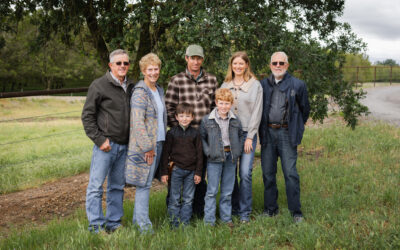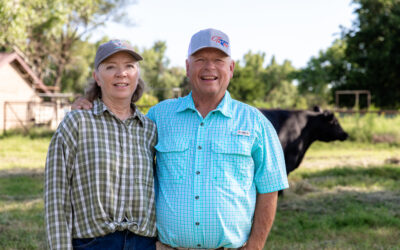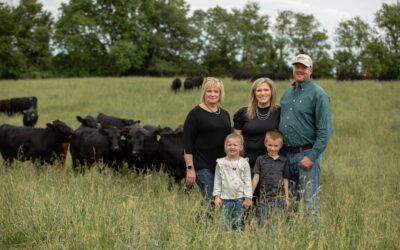
One-man show, part II
Jim Moore’s full of these. Life lessons, advice not taken, anecdotes of who said ‘what,’ when and why.
I ask him what it’s been like – to grow up here, come back and partner with his dad, to turn the herd Angus and do most of the work alone now.

“This lifestyle, it teaches you about staring adversity straight in the eye and not flinching,” he says.
Then he smiles. It’s a half smile, with a shoulder shrug on the side.
He’ll reflect a bit but the Arkansas rancher’s more interested in what’s ahead. He’s always been that way.
“I’m not one of those people who thinks status quo is OK,” he tells me. It’s another as if I couldn’t tell moment.
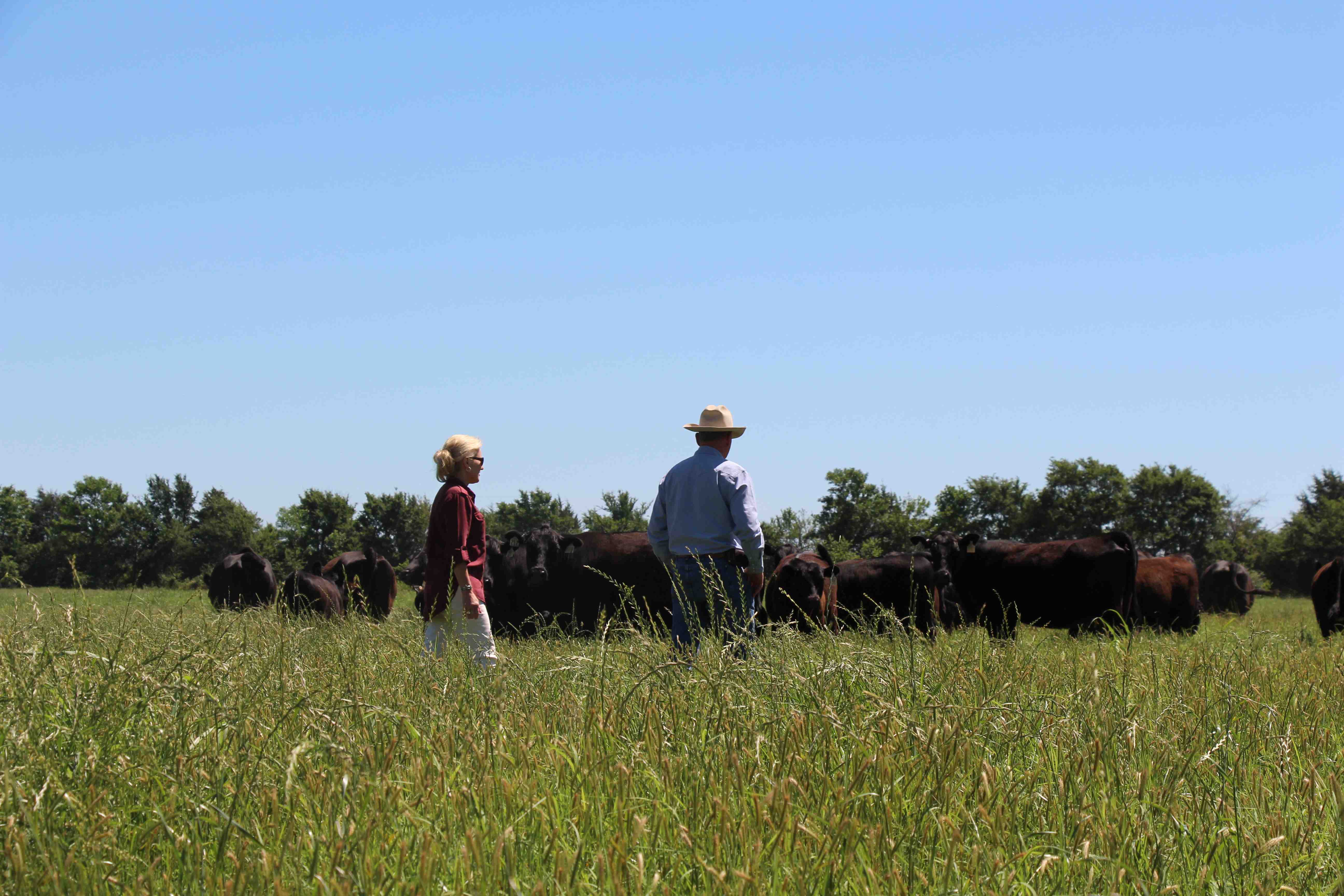
But it’s true. Jim and Missy, they take responsibility for all of it. The things they say, the children and cattle they’ve raised. They want their output to be good, helpful, of the highest value.
“As commercial producers, we feel like it’s our obligation to raise as high quality beef as we can possibly raise,” he says, “and we feel like that’s Certified Angus Beef.”
They aim for that through retained ownership at the feedyard, something Moore Cattle Co. has committed to for decades. But it wasn’t until they started selling cattle on a grid that, “we learned more about our cow herd in one year than we had in the previous 10.”
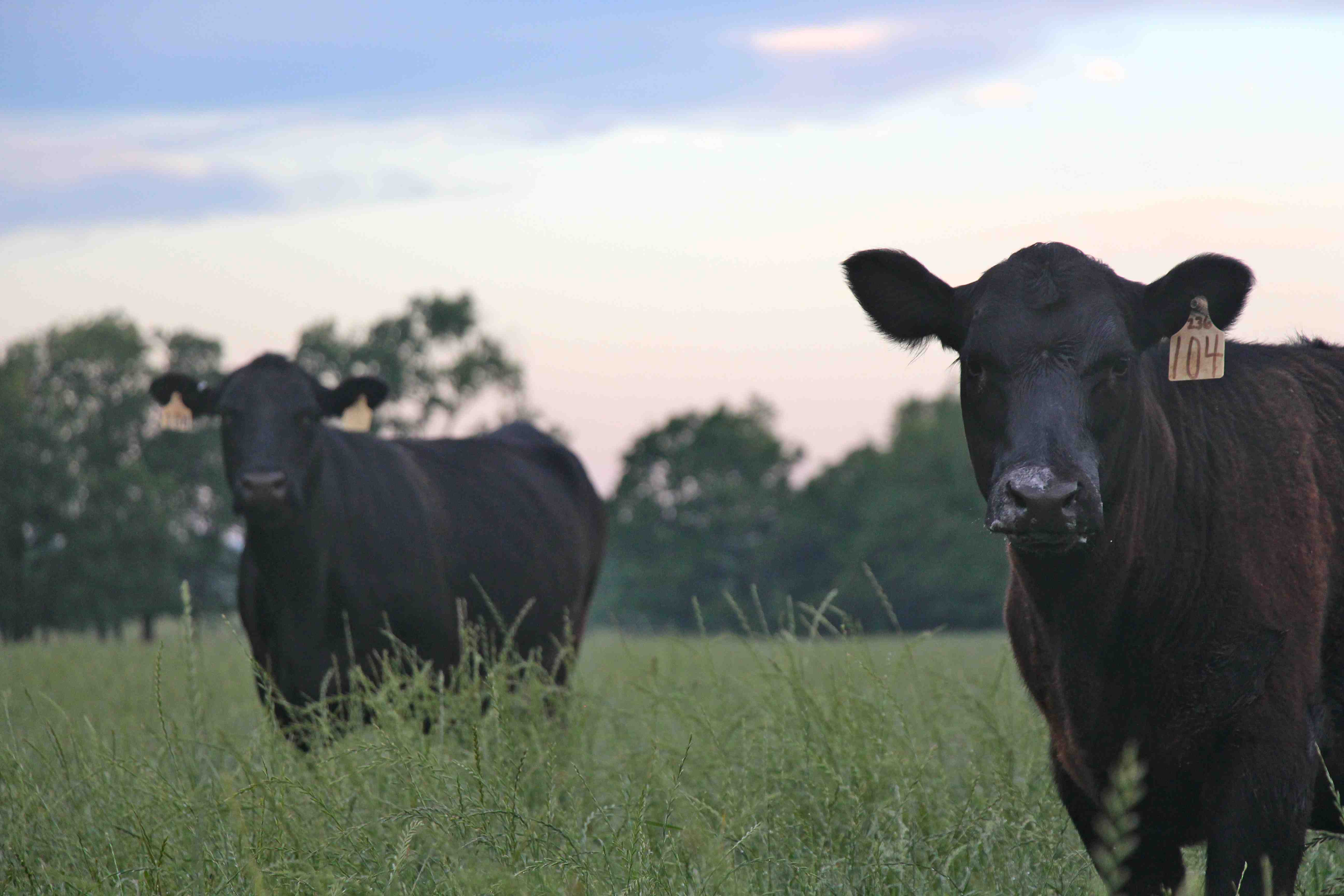
2007 carcass data showed 20% CAB, 0% Prime. Unsatisfied, Jim started buying bulls with marbling EPDs of no less than 1.00.
“Jimmy brings to the forefront an example of a rancher who’s not willing to single-trait select,” our own Paul Dykstra says. “He doesn’t want to make a premium over here just so he can give it up somewhere else.”
That’s not Jim Moore’s way.
“If you’re trying to hit 80% to 90% CAB and Prime, you’ve got to up the ante a little bit,” he’ll say. “If you don’t have the carcass side, what does the maternal side matter, and vice versa? It’s about balance. You’ve got to be willing to give and take.”

The cowman’s just not willing to give up very much for fear of shortchanging the consumer and the commitment he’s made.
His most recent closeout of 136 head went 85% CAB, including 28% Prime.
It’s a process, he says, of taking data and applying it to the herd – keeping and breeding heifers out of dams with top GMX scores, dams that produced steers with strong feedlot data, breeding them to high-marbling bulls.
“We’ll keep pushing,” he assures me. Like I don’t already know it’s true.
Thanks for allowing me to tell your story,
Laura
PS – To learn what led Jim back to the ranch and drove his commitment to quality, check out yesterday’s post. To read more about the Moores’ Arkansas Angus cattle, grab a copy of the October issue of the Angus Journal.
You may also like
Legacy in the Golden Land
On a quiet stretch of Northern California rangeland, a different story unfolds. The Borror family’s legacy modestly speaks through the cattle they raise, the ground they steward. The generations who’ve made a life here demonstrate commitment to doing things right, even when no one is watching.
Helping Hands, Helping Herds
“When I die, I want to come back as one of your cows,” murmurs a friend to Steve Zybach. Full to the brim from an alfalfa ration every day, bountiful fields of lovegrass stretched out across the Texas Panhandle—and owners who leave no ounce of cattle care up for question. The Zybachs’ motivation for this level of dedication to their Angus cattle is simply love.
An Ambassador for All
Joanie, with daughter Lindsey and her husband, Adam Hall, raise registered Angus cattle with two primary goals: producing high-quality seedstock that perform well in a wide variety of environments and ensuring end-user satisfaction. Those goals tie everything together, from promoting Angus to other producers to sharing their story with CAB partners and beef consumers.

